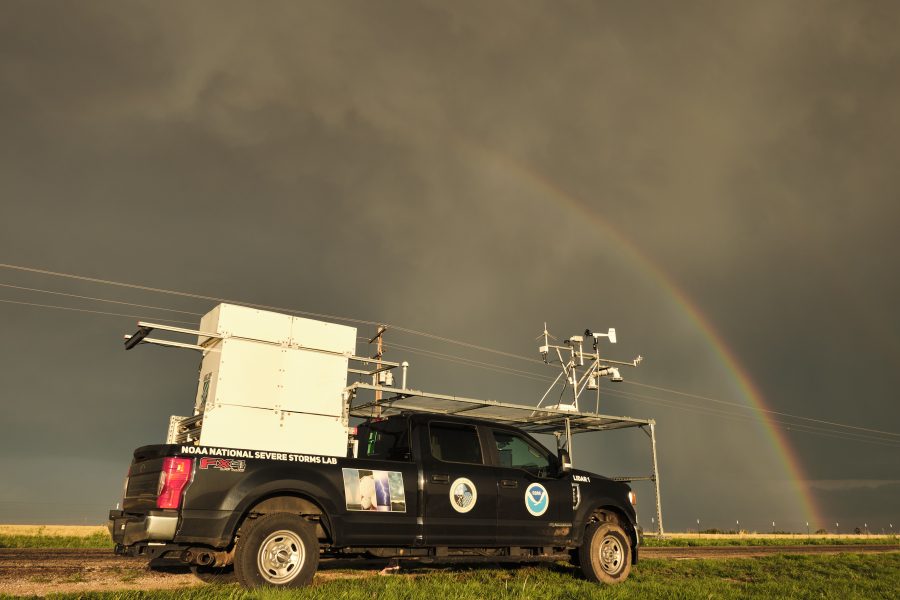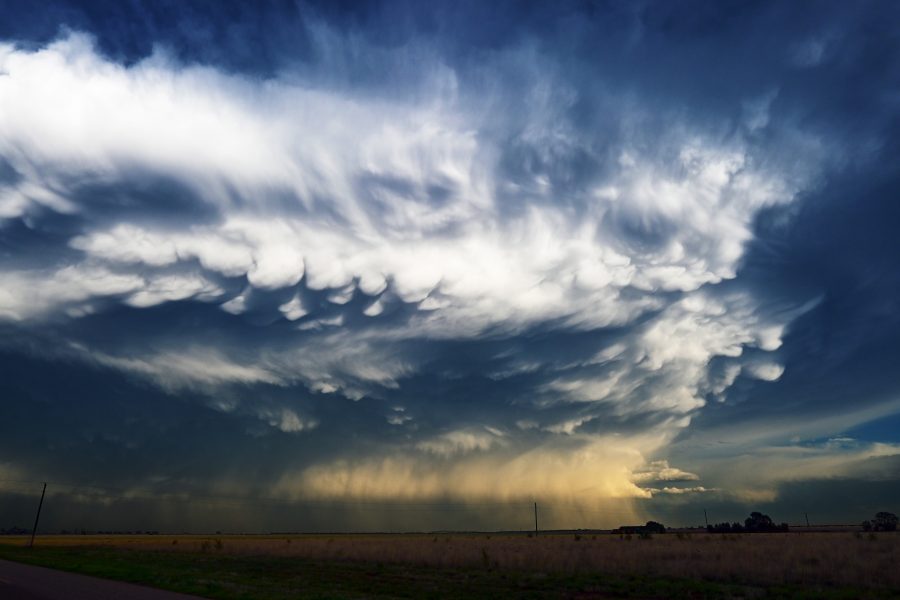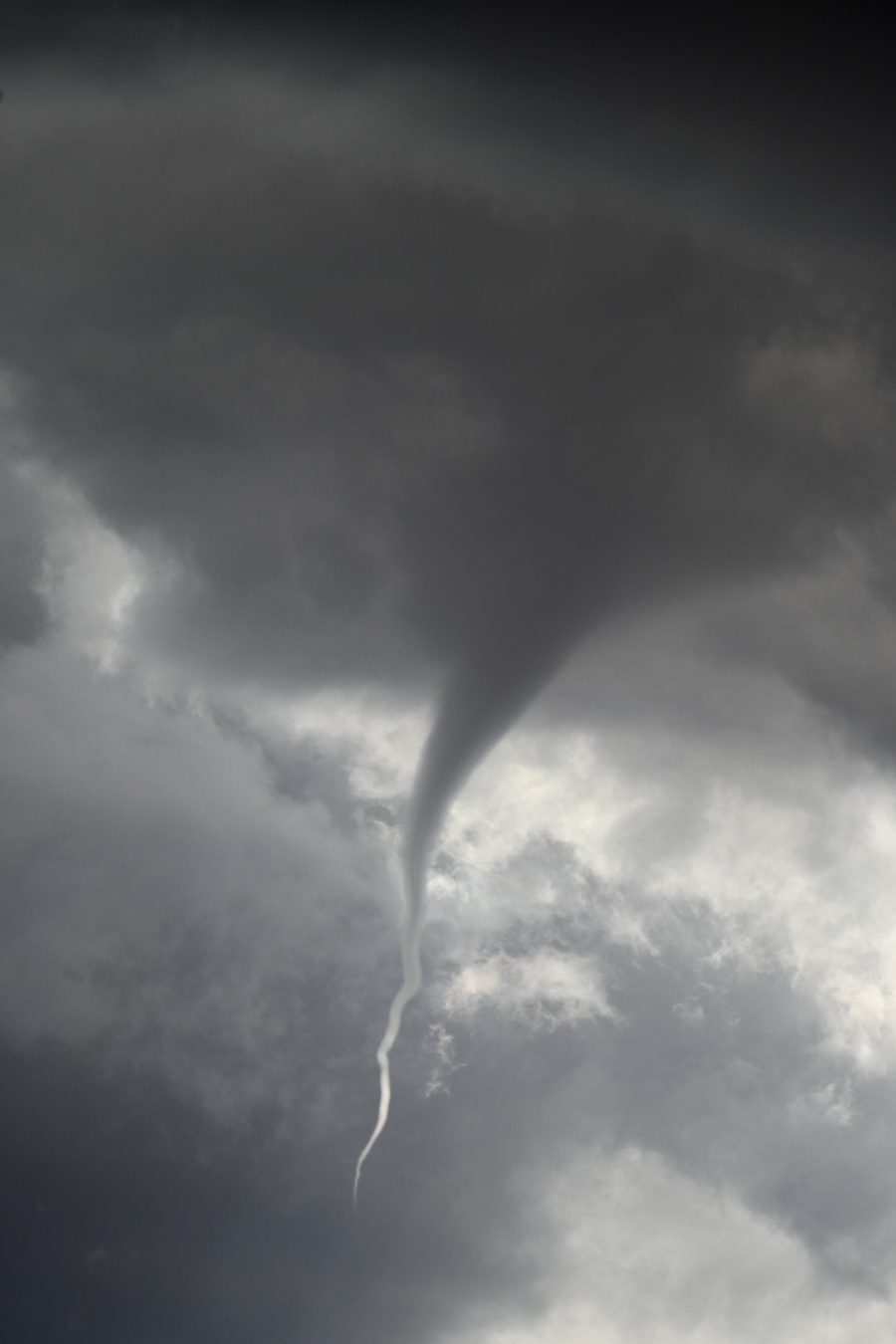
Have you ever wanted to get up close and personal (well maybe not too close) with a tornado? If you answered yes, then the NOAA National Severe Storms Laboratory (NSSL) or one of its field experiment partners might be just the place for your next career.
While maybe not realistic for most, NSSL staff has led field experiments gathering data to better understand severe weather for better than 60 years. During the past 25 years, these field experiments have fallen under the umbrella of the VORTEX (Verification of the Origins of Rotation in Tornadoes Experiment) project, whose main goal has been to gain a better understanding about tornado development with the aim of fostering earlier and better observation and prediction.
Building upon the success of the PERiLS field campaign, which collected data on more than 20 tornadoes during the springs of 2022 and 2023, DELTA (Detecting and Evaluating Low-level Tornado Attributes) is the latest field experiment, ongoing during the spring of 2024. While PERiLS mainly focused on characterizing the environments associated with tornado-producing quasi-linear convective systems (QLCS), commonly known as squall lines, the objectives of DELTA have been expanded to also include supercell tornadic storms as well as mixed-mode events (supercell structures embedded in QLCSs).

As with all NSSL-led field experiments, collaboration with university partners is key to driving its success. While not as extensive as PERiLS, DELTA involves scientists from NSSL, NOAA’s Physical Sciences Laboratory (PSL), the Cooperative Institute for Severe and High-Impact Weather Research and Operations (CIWRO) along with scientists and students from five universities (Oklahoma, Alabama Huntsville, Louisiana Monroe, Purdue, and SUNY Stonybrook). All provide vehicles equipped with various data collection instruments , which will result in the collection of an enormous amount of atmospheric data.
You might be wondering exactly what goes on in a field experiment (other than taking really cool pictures) and why they are so important. Field campaigns are coordinated programs whose main objective is to collect observational data that can be used to test hypotheses and models and gain a better understanding about scientific processes.

During a DELTA outing, the team, consisting of about 10 vehicles with two to four scientists per vehicle, hopes to position themselves within a few miles of the path of a funnel, up to 2 hours in advance of the storm. During this time, various types of equipment including mobile radars, mobile mesonets and others will continuously take observations, with the goal of monitoring changes in the local environment.
“The local environment changes rapidly in the hours leading up to the development and passage of severe storms”, said NSSL scientist Anthony Lyza. “Observing and documenting changes in instability, wind shear, and other parameters, is critical to gaining a more complete understanding about how severe weather (in particular tornadic storms) develop and maintain themselves.”
Field experiments are key to proving or disproving hypotheses NSSL scientists have developed about the formation, maintenance, and movement of tornadoes. Prior to each experiment, an operations plan is developed, with a number of objectives and hypotheses proposed.
Given an expected small number (likely 3 or 4) of expeditions, commonly called intensive observing periods (IOPs), the DELTA project developed a broad range of topics and hypotheses in order to maximize the probability that each IOP will yield a dataset with the potential to offer relevant scientific insights.

In total, the DELTA leadership team developed 20-25 hypotheses across 10 topics. Given the relatively large number of hypotheses, it is not expected that each hypothesis will be addressed. However, the team plans to target higher-end systems that are most likely to yield datasets addressing at least some of the project objectives.
Once the field experiment is over the “real” work begins, namely analyzing the mountains of data obtained out in the field.
“Although some limited results might be obtained in a year or two, some findings can take up to five years”, said Erik Rasmussen, chief of NSSL’s Field Observing Facilities Support Division. “While improving a radar algorithm or disproving a hypothesis can be a shorter-term result, oftentimes the real benefit from an experiment comes through the painstaking effort of improving our understanding about the development of a tornado. And that knowledge can be passed onto forecasters, enabling them to make quicker and more timely, accurate predictions.”
The science of severe weather forecasting has greatly improved since NSSL was founded in 1964. But plenty of more work is yet to be done. Field experiments like PERiLS and DELTA offer NSSL and partners the opportunity to acquire huge amounts of data about the local environment just prior to the development of severe weather. And buried in that data just might be another key to unlocking the ability to advance the warning time on the potential development of a tornado.


